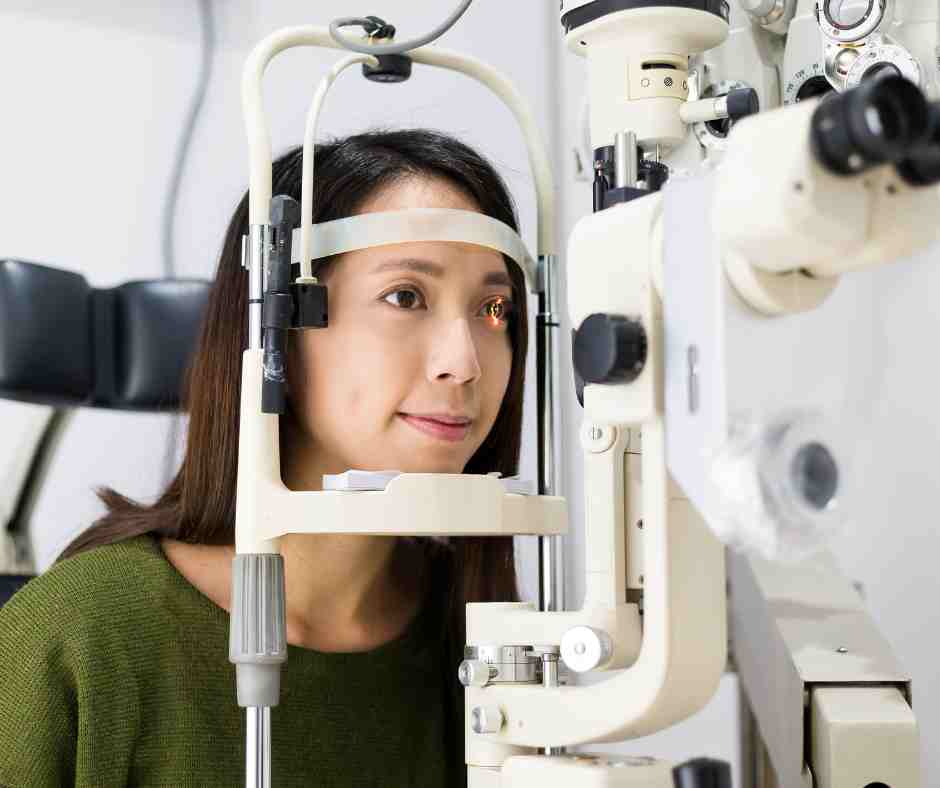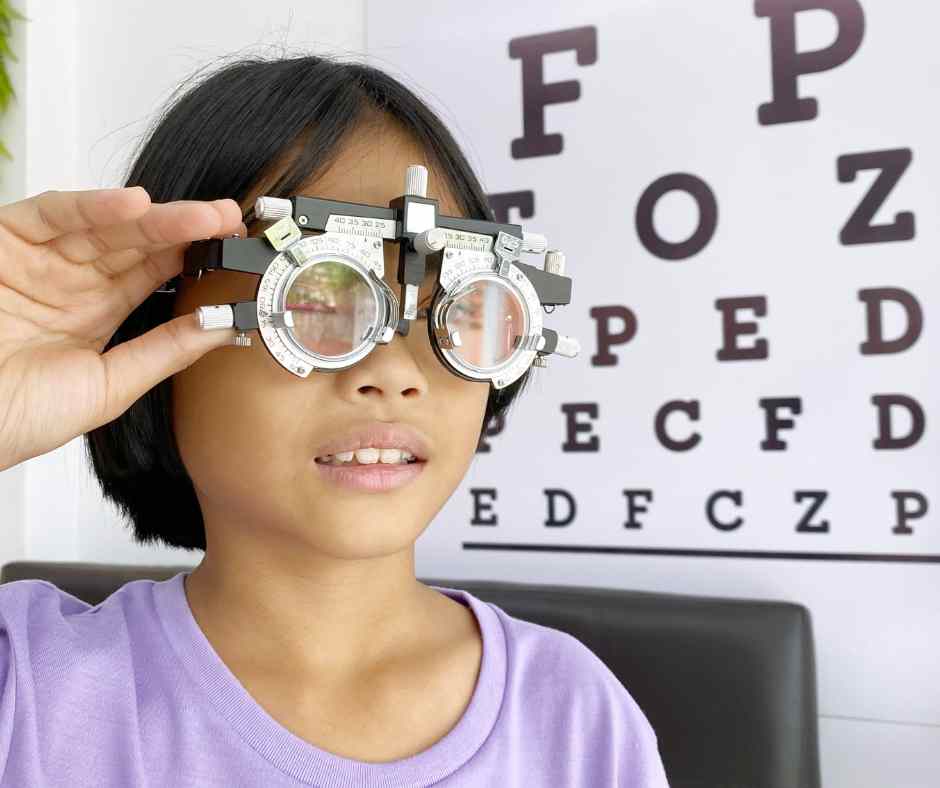It’s not news that artificial intelligence is making waves in healthcare, but the AI impact on eye health is more than surprising. Enhancing diagnostic tools, such as AI systems, is helping prevent vision loss caused by conditions like diabetic retinopathy. This breakthrough technology is addressing gaps in care and improving accessibility worldwide.
How AI is Transforming Eye Health
AI-powered systems are revolutionizing how eye diseases are diagnosed and managed. For instance, in remote areas of Australia, a novel AI system is being used to combat diabetic retinopathy. Developed through a collaboration between Lions Outback Vision and researchers at UCL and Moorfields Eye Hospital, this technology provides instant diagnosis for individuals who lack access to healthcare services.
In the remote Pilbara region, patients now receive on-the-spot screening using AI-enhanced cameras. The system analyzes retina images and immediately flags high-risk cases. These flagged patients can then connect with ophthalmologists via telehealth appointments. Such innovations are bridging the healthcare divide for Indigenous and rural populations, who are disproportionately affected by eye health issues.
Moreover, this AI model is being fine-tuned using RETFound, the world’s first foundation model for eye health. RETFound analyzes local data to improve accuracy for Indigenous communities, ensuring more personalized and effective outcomes.
Global Applications of AI in Eye Screening

AI systems are not limited to Australia. Around the world, AI tools are enhancing the detection of diabetic retinopathy, a leading cause of blindness in working-age adults. In the UK and the US, routine screening is recommended, yet many patients miss appointments due to cost, communication barriers, or inconvenience.
AI-based tools, such as Retmarker and Eyenuk’s EyeArt, are addressing these challenges. These systems analyze retinal images to detect abnormalities, significantly speeding up the diagnostic process. Importantly, AI can decide whether a patient needs specialist care, saving time and reducing costs. However, hybrid models—where AI filters initial results and human specialists confirm diagnoses—are proving to be the most cost-effective.
Researchers are optimistic about AI’s role in expanding access to eye care. Yet, challenges remain. In countries like Thailand, algorithms struggled with inconsistent image quality and infrastructure limitations. Google’s ongoing efforts to refine its AI systems emphasize the need for better data and global collaboration to ensure accurate results in diverse settings.
The Future of AI and Eye Health
The AI’s impact on eye health is undeniable. However, experts stress the importance of balancing innovation with inclusivity. Technologies must address health disparities, not just serve privileged communities.
Dr. Mark Chia, one of the developers of the mobile AI eye screening system in Australia, highlights its life-changing potential: “We’re not just saving sight—we’re saving lives.” Similarly, patients like Terry Quinn, who lost his vision to diabetic retinopathy, emphasize the urgency of early detection. “If AI had existed earlier, I would have grabbed it with both hands,” he says.
AI is advancing quickly, and its role in eye health will only grow stronger. By improving access to timely diagnosis and treatment, this technology could eliminate preventable blindness worldwide.









